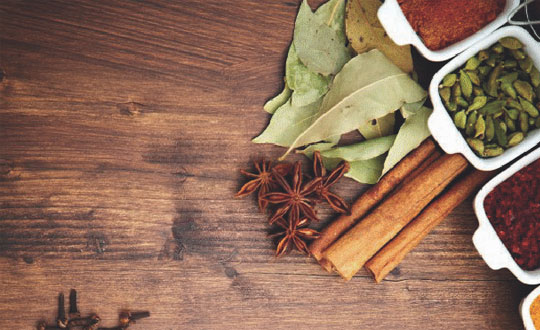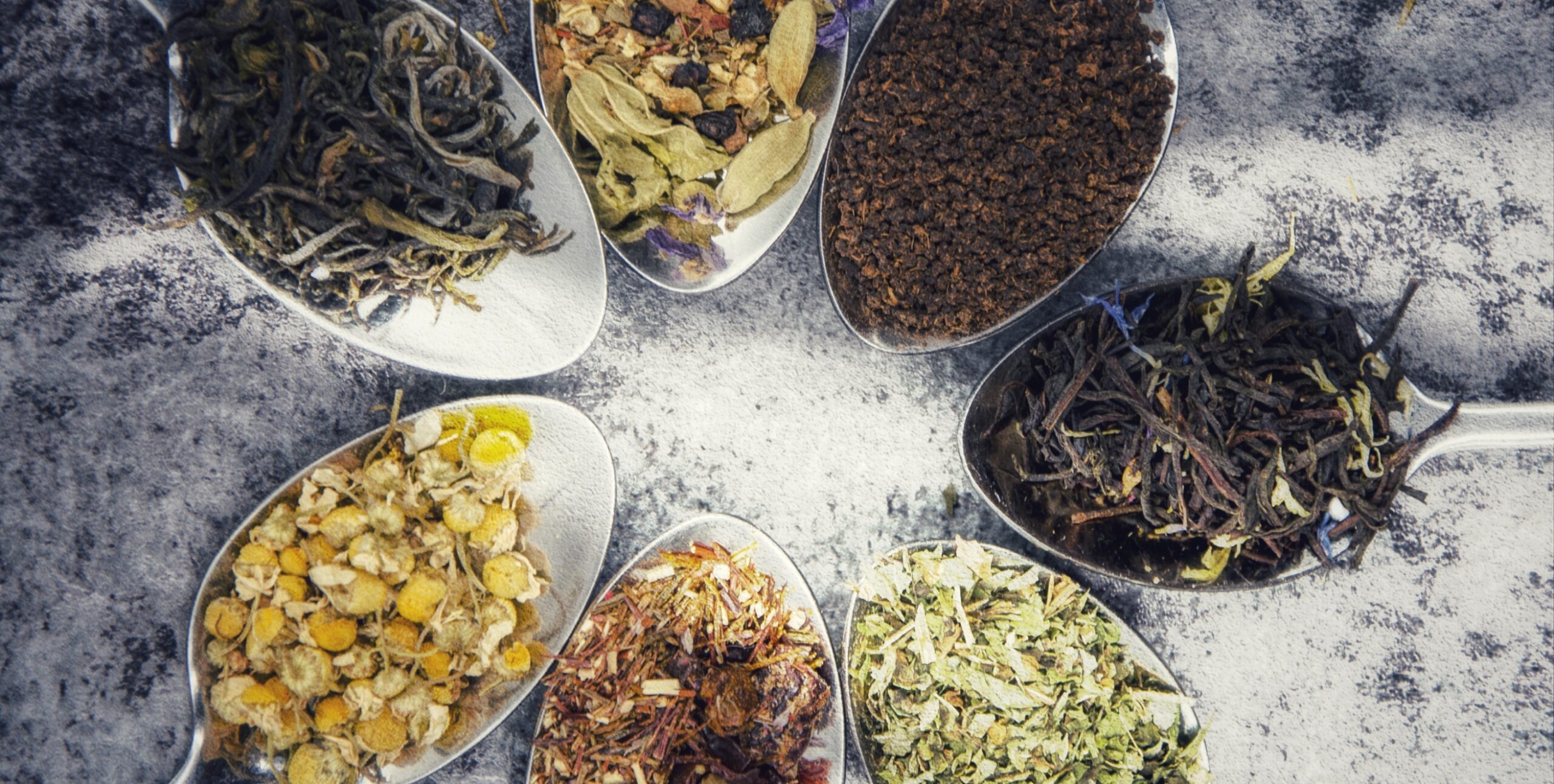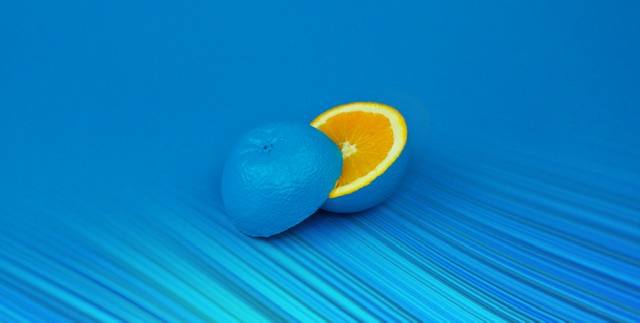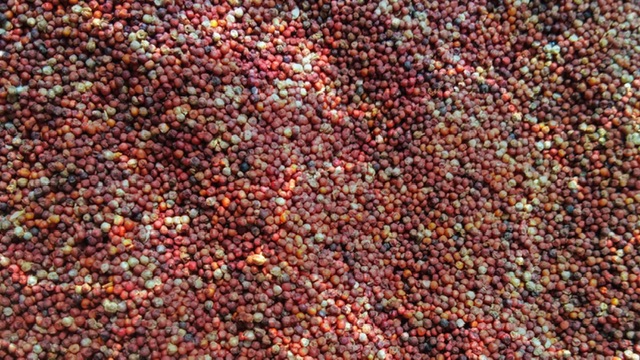Physical body derives energy from the food we eat. The nutrients (prasad) which are required for the functioning of the body are separated from the waste (mala) which is thrown out of the body by the excretory system. The nutrients are converted into seven tissue elements or dhatus called rasa (lymph), rakta (blood), mansa (muscles), medha (fat), asthi (bones), majja (marrow) and sukra (semen). In a healthy body these seven dhatus are in a state of equilibrium.
Ayurveda talks about diets, regimens and habits, advantageous and detrimental to health, in detail. Just as vata, pitta and kapha are three pillars on which the body stands; Ayurveda enunciates three basic supports for attainment of complete health – brahmcharya (celibacy), nidra (proper rest) and ahar (balanced diet).
Ahar provides for our day-to-day energy needs as well as compensates for wear and tear of the tissues. Food, water, and air are the three main sources of prana in the body and come under ahar.
The food that we eat gives us life, radiance, memory, ojas, and is also primarily responsible for digestive and metabolic activity of our system.
In Shreemad Bhagwad Geeta, Lord Krishna describes sattvik bhojan as that food which contains rasa, or is juicy and palatable, unctuous (containing some amount of fat), which brings stability, is a tonic to the heart, easily digestible and is liked by the individual. This type of ahar can be called as a balanced diet.
Ayurvedic diet is based on the principal of “samanya vridhi karanam” i.e. articles of identical quality enhance the tissue elements (dhatus) e.g. rasa increases rasa dhatu in the body, fat increases fat in the body. Based on this, foods are classified as under,
- Foods which compensate for the wear and tear of the body and increase the tissue elements, also the ligaments and tendons, e.g. milk, eggs and pulses.
- Foods which provide necessary heat to our body, e.g. cereals (anna), sugar, potatoes etc.
- Foods which gives vitality and glow to the body and aid the conservation of ojas, e.g. ghee (from desi cow’s milk), butter, oil etc.
- Foods which help or aid digestion, absorption and elimination, e.g. water and other liquids, enzymes, spices.
(To be continued…)
Ask the Vaid
Arti Gaur will unravel the world of Ayurveda for you and will address all your queries related to health, beauty and well-being.
- My 16 year old son’s nose starts bleeding for no apparent reason. Please suggest simple home remedy to stop bleeding.
- Add a pinch of camphor powder in 1 tsp of coriander leaf juice. Soak a piece of cotton wool and squeeze 2 or 3 drops into both the nostrils.
- I am 19 years old, I used to have good skin but now suddenly I have freckles. What should I do?
- Apply a finely ground paste of soap pod (shikakai) rind every day. Wash off after 15 minutes.





